Establishing a definition of contemporary art is complicated. Its meaning is ambiguous.
The term contemporary art refers to all art (painting, sculpture, photography, installation, performance, and video) currently being produced. And, this is part of the dilemma since everyone understands something different by “currently”.
But is that all contemporary art, or is it something else?
The history
Let’s start by saying that the word ‘contemporary’ encompasses a very heterogeneous set of practices whose assignment to contemporaneity is outdated by definition.
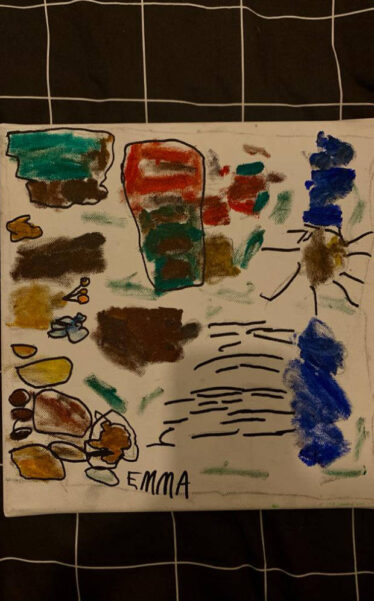
Although it is ‘current art’, contemporary art actually has a very long history.
It began as a response to the modern art movements that preceded it. So much so that many consider contemporary art to be on the heels of Pop Art.
It is important to note that Pop Art was defined by an interest in portraying mass culture. Pop Art began thanks to artists such as Andy Warhol and Roy Lichtenstein. This movement was active from approximately the 1950s to the 1970s, and was reborn as Neo-Pop Art in the 1980s thanks to artists such as Jeff Koons.
Contemporary art is the art of our time. This means that it reflects today’s society. Contemporary art usually refers to works originated in the mid-twentieth century.
Then, some consider that modern art belongs to the 19th century and the first half of the 20th century, leaving contemporary art for the end of the 20th century and the beginning of the 21st century.
It encompasses the most recent artistic manifestations and artistic styles of humanity, and is typical of industrial and post-industrial (or digital) society.
Some characteristics
One of the defining characteristics of contemporary art is its embrace of diversity. Artists working in this genre come from all corners of the globe and draw inspiration from a myriad of cultural, social, and political influences. This diversity is reflected not only in the backgrounds of the artists themselves but also in the themes and subject matter they explore. From issues of identity and globalization to environmental concerns and technology’s impact on society, contemporary art reflects the multifaceted nature of our world.
Broadly speaking, we could establish the following characteristics in contemporary art:
** Artistic trends from the beginning of the 20th century until today.
** Experimentation and the new are a value in itself. This is really important if we take into account the new techniques and new materials.
** The figurative is abandoned and much importance is given to abstraction, the geometric figure, the line and chaos as possible expressive methods.
** The reflection on the nature of art and of the artist is constant, and this also includes the spaces of legitimization such as museums, institutions, etc.
** The frontiers between genres are crossed, pointing to a hybrid, mestizo, indeterminate art.
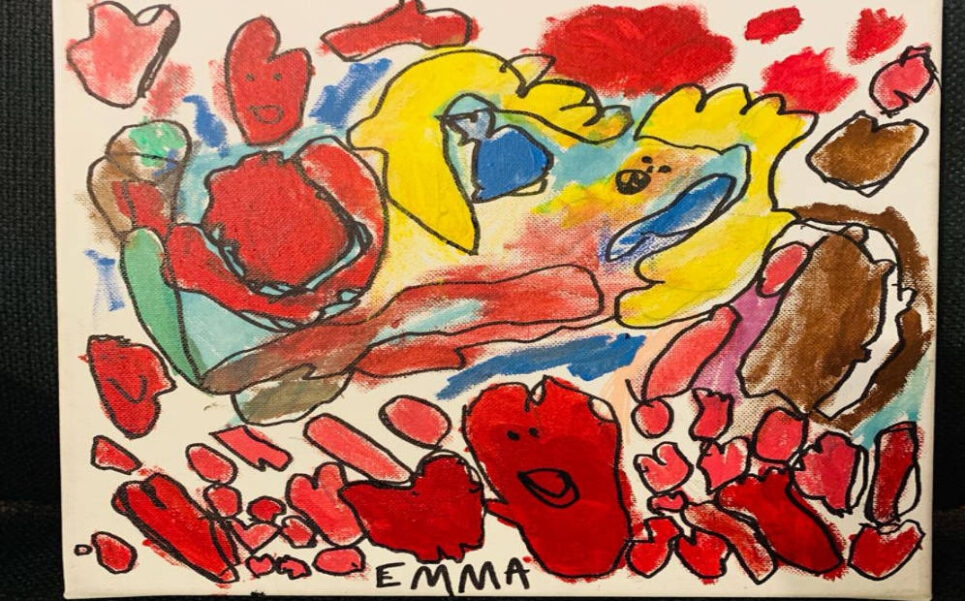
Contemporary art includes areas such as art criticism and theory, art education with its educational institutions and art schools, and curatorship. It also includes publications on contemporary art, media and mediation, and both public and private collecting.
Contemporary artists are dedicated to innovating ideas and art forms using everything they have at their disposal. Thus, a contemporary artist’s work may include new media forms, such as video games, as well as elements of engineering and plastic surgery.
Innovation is another hallmark of contemporary art. Artists are constantly experimenting with new materials, techniques, and mediums, pushing the boundaries of what is possible in the artistic realm. Contemporary artists are fearless in their pursuit of innovation. This spirit of experimentation keeps contemporary art fresh and relevant, challenging viewers to see the world in new and unexpected ways.
Media are part of the meaning-making process that artists invent for themselves. This means that process-based works can play a pivotal role in shaping the meaning of the artwork and can also encompass immersive elements that engage viewers in innovative ways.
It is also characterized by its engagement with the present moment. Unlike traditional art forms that may be rooted in historical or cultural traditions, contemporary art is often a direct response to the issues and events of the here and now.
Contemporary artworks are produced with a concept in mind, and each work often exists beyond its value as a purely aesthetic object.
Some examples
One of the associative features of contemporary art is the attention it pays to social injustice. And it is necessary that we expose some of its most recognized exponents.
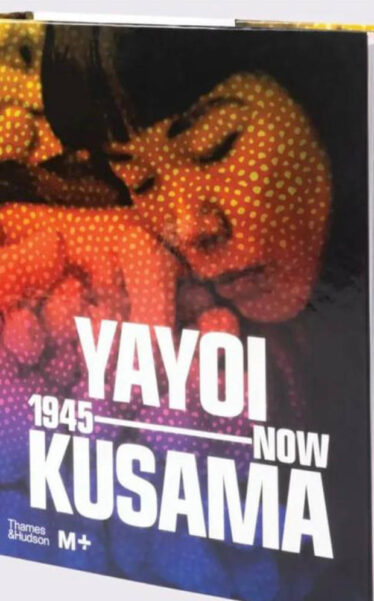
Japanese artist Yayoi Kusama is considered the most famous living female artist.
She has worked in a wide range of media including painting, sculpture, performance art and installations, most of which exhibit her thematic interest in psychedelic repetition and pattern.
Her work is characterized by polka dots, bold color palettes and organic forms, his aesthetic is perhaps best typified by his pumpkin art, a collection of works that celebrate the subject’s “generous lack of pretense”.
Some of his most famous works are: Hall of Infinite Mirrors-Phalli Field (1965), Narcissus Garden (1966), Pumpkin Series.
Kusama is a forerunner of the pop art, minimalism and feminist art movements and influenced her contemporaries, Andy Warhol and Claes Oldenburg.
In the late 20th century, Jean-Michel Basquiat was an American artist who rose to success in the 1980s as part of the Neo-Expressionist movement. He was known as SAMO.

He turned the contemporary art world upside down.
The young artist, who lived and worked in New York in the 1970s and 1980s, helped popularize street art by introducing graffiti into galleries. Famous artworks: Untitled (1982), Boy and dog in a Johnnypump (1982).
Takashi Murakami is another amazing Japanese artist.
He works with painting, sculpture and architecture. He is known for blurring the line between art and consumerism. Through his art, he explores contemporary Japanese culture, as well as the growing influence of the West on it.
His work is lively and colorful, inspired by the Japanese otaku subculture. Otaku is a term used to describe people who are fond of anything related to pop culture. Some of his most famous works of art are: Mr. Dob series, The Lonesome Cowboy (1998), Flowers (2002).
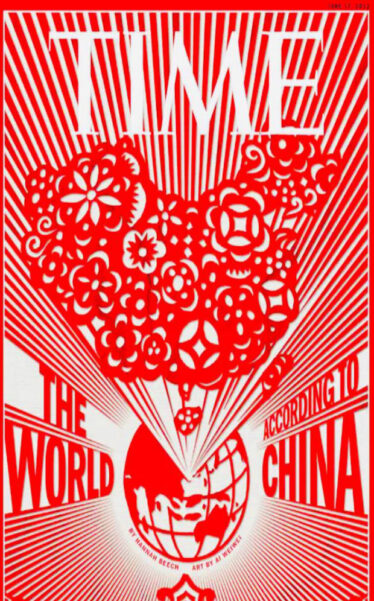
Ai Weiwei is a Chinese activist and contemporary artist. He is also one of the world’s most acclaimed contemporary artists. He works with photography, videography, sculpture and installations. The millions of porcelain sunflower seeds were handmade by Chinese workers.
His most recent works address his research into the aftermath of the Sichuan earthquake and the responses to his detention by the Chinese government.
Bansky is arguably today’s most famous street artist. Since the 1990s, this elusive England-based creative has been creating politically and socially charged art, often with a dark sense of humor.
Although his face and true identity remain unknown, his artwork continues to shock and beguile the world. Banksy has become famous over the past two decades largely because of his anonymity, but he is also a bold contemporary artist.
Many people, inside and outside the art world, dislike Banksy’s works. Be that as it may, there is no denying that Banksy has had an enormous influence on contemporary art. In 2018, a painted version of Girl with Balloon sold at auction for a record £1,042,000, but immediately after the pediment hit, it was smashed to smithereens.
Modern art vs. contemporary art
Many people think that contemporary art and modern art are the same, but they are not.
In the age of contemporary art, artists create works that respond to the unique experience of living in a technologically advanced world, where every story is unique. Artists create works based on their unique experiences and there are few overarching ideas and ideologies. Therefore, in the contemporary era, artists do not create new “-isms” as in modern art movements such as surrealism and fauvism.
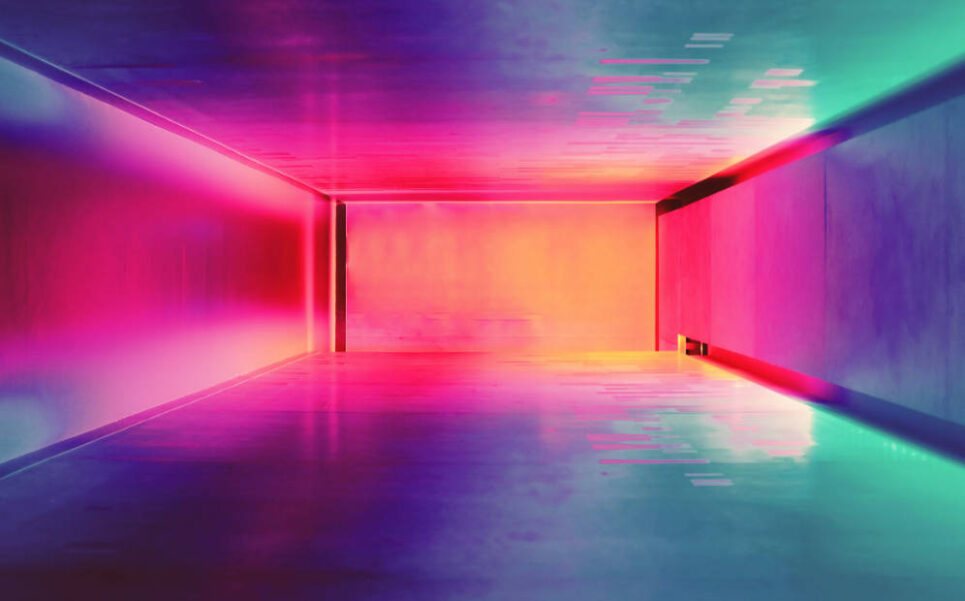
Modern artists created works that focused on the process of artistic creation, as can be seen in the works of the Impressionists, who created works in response to the invention of the camera. The Impressionists, for example, were inspired by the idea of capturing light minute by minute. Contemporary artists do not explore a single medium, but each uses it to explore broader themes and ideas. You will see that the art of Damien Hirst and Cindy Sherman differs significantly from that of Ai Weiwei and David Hockney.
Contemporary art is art produced during “our time,” usually cited as 1970 to the present day.
Modern art refers to art produced between the 1860s and 1970s. Modern art was significant because it represented a global shift from realism to abstractionism.
What comes next?
What comes next is uncertain. And, it is uncertain because everything is possible. Contemporary art is uniquely modern.
Many emerging artists are astounding the world with their original approach to art. In addition to putting their own spin on conventional forms such as painting, sculpture and installation, they have also popularized unexpected forms of art, such as embroidery, origami and tattoos, demonstrating the endless possibilities of this all-encompassing genre.
The most important characteristic of contemporary art is that each artist creates works that shed light on his or her own experience and interpretation of today’s world. Contemporary art is continually evolving and more and more artists are taking advantage of new technologies to further their creativity.


